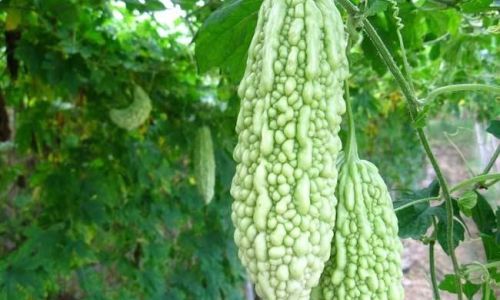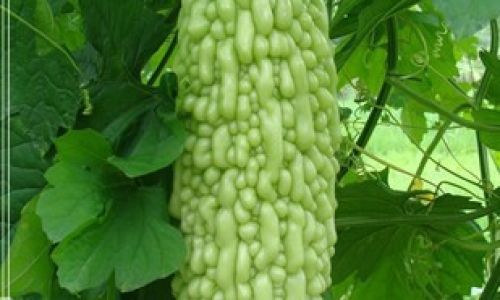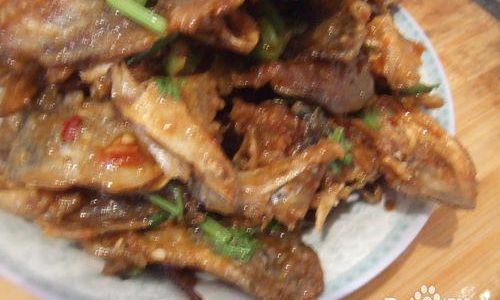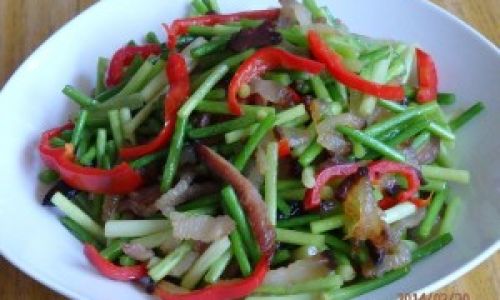Introduction

Bitter gourd, scientifically known as Momordica charantia, is a nutritious and versatile vegetable that has been cherished for its unique flavor and myriad health benefits across various cultures. From its bitter taste that some find acquired to its ability to aid in blood sugar regulation, bitter gourd stands out in the culinary and medicinal worlds. However, to fully harness its potential, it is crucial to start with the right bitter gourd. This guide will walk you through the essential steps and considerations for selecting the perfect bitter gourd, ensuring that your culinary endeavors or health routines are enhanced by this remarkable vegetable.
Understanding the Varieties
Before diving into the selection process, it’s important to be familiar with the different varieties of bitter gourd available. There are several cultivars, each with its unique characteristics. Some common types include:
- Chinese Long (Dai Kon): This variety is elongated and has a lighter green color, with a relatively milder bitterness.
- Indian Round (Karela): Shorter and more rounded, Indian bitter gourds tend to be darker green and have a stronger bitter flavor.
- Thai Bitter Gourd: Often smaller and more slender, Thai varieties can be very bitter but are also highly valued for their tender texture.
- Hybrid Varieties: Many hybrids have been developed to balance bitterness with size, texture, and disease resistance.
Knowing the type you prefer or need for a specific recipe will guide your selection process.
Visual Inspection: Color and Shape
-
Color: Fresh bitter gourds should have a vibrant green hue. Avoid those with yellow spots or patches, as they indicate over-ripeness or poor handling. Darker green varieties should maintain their deep color without fading.
-
Shape: Depending on the variety, look for firm, evenly shaped gourds. Chinese long gourds should be straight and elongated without bulges or twists. Indian round gourds should be symmetrical and not overly flattened. Avoid gourds with cracks, bruises, or soft spots, as these can indicate internal damage or decay.
Texture and Firmness

-
Firmness: A ripe and fresh bitter gourd should feel firm to the touch. Gently squeeze the vegetable; it should not give in easily. Soft spots or excessive give are signs of over-ripeness or rot.
-
Skin: The skin should be smooth and glossy. Rough or wrinkled skin can indicate that the gourd is past its prime. Additionally, check for any signs of pests or insects, which can leave tiny holes or marks on the surface.
Size Matters
While size can vary widely depending on the variety, generally, medium-sized bitter gourds are preferred for balance in flavor and texture. Smaller gourds may be more tender but can also be more bitter. Larger gourds might be less bitter but might have a thicker skin and more seeds, which can affect the cooking process and final dish.
Checking for Freshness
-
Stem End: Examine the stem end of the bitter gourd. A fresh gourd will have a green, firm stem attached. If the stem is dry, brown, or missing, it suggests that the gourd has been harvested for a while and might not be as fresh.
-
Weight: Pick up a few gourds of similar size and compare their weights. A heavier gourd is likely to be juicier and fresher than a lighter one of the same size.
Smell Test

Although bitter gourds are not known for their aroma, a fresh one should have a very faint, earthy scent. If you detect any off odors, such as rot or mold, it’s best to avoid that particular gourd.
Seasonality and Storage
Bitter gourds are typically available throughout the year, but their peak season varies by region. In tropical and subtropical areas, they are abundant during the warmer months. When purchasing, look for locally sourced gourds during their seasonal peak to ensure freshness and flavor.
Proper storage is key to maintaining the quality of your bitter gourds. Store them in a cool, dry place away from direct sunlight. If you need to keep them for a few days, wrapping them loosely in a paper towel and placing them in a plastic bag with some ventilation can help retain moisture without causing rot.
Conclusion
Selecting the perfect bitter gourd involves a combination of visual inspection, tactile assessment, and understanding the specific characteristics of different varieties. By paying attention to color, shape, firmness, size, freshness indicators, and seasonal availability, you can ensure that your bitter gourds are not only fresh and delicious but also well-suited for your culinary needs. Remember, the key to enjoying bitter gourd lies in its freshness and proper preparation, so take your time to choose the best ones. With the right bitter gourd in hand, you’re ready to explore a world of flavorful and healthy dishes that celebrate this unique vegetable’s bitter charm. Happy selecting and cooking!






0 comments